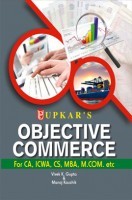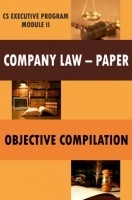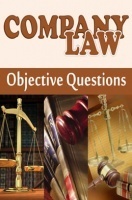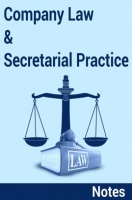Accounting Scope, Definitions and Concept Notes
Contents:
INTRODUCTION TO ACCOUNTING
1. Aims and Objectives
2. Methods of Accounting
3. Types of Accounts and its rules
PRINCIPLES OF ACCOUNTING
1. Aims and Objectives
2. Introduction
JOURNAL AND LEDGER
1. Aims and objectives
2. Introductions
3. Advantages of Journal
SUBSIDIARY BOOKS
1. Aims and Objectives
2. Introduction
3. Advantage of subsidiary
TRIAL BALANCE
1. Aims and objectives
2. Introduction
3. Meaning and Definition of Trial balance
4. Objectives of preparing Trial balance
5. Features of Trial balance
6. Limitations of Trial balance
7. Methods of preparing trial balance
MANUFACTURING ACCOUNT
1. Aims and objectives
2. Introduction
3. Meaning of Manufacturing Account
4. Purpose of Manufacturing Account
TRADING ACCOUNT
1. Aims and objectives
2. Introduction
PROFIT AND LOSS ACCOUNT
1. Aims and objectives
2. Introduction
3. Definition
BALANCE SHEET
1. Aims and objectives
2. Introduction
3. Title
4. Definitions of Balance sheet
5. Classification of assets and liabilities
COST ACCOUNTING
1. Objectives
2. Introduction
3. Definition of Cost, Costing, Cost Accounting and Cost Accountancy
4. Scope of Cost Accounting
5. Objectives of Cost Accounting
6. Functions of Cost Accounting
7. Advantages of Cost Accounting
8. Characteristics of a good costing system
MANAGEMENT ACCOUNTING
1. Aims and objectives
2. Introduction
3. Definitions
4. Objectives of Management According
5. Scope of Management According
6. Functions of Management Accounting
7. Advantages of Management Accounting
8. Limitations of Management Accounting
ELEMENTS OF COST
1. Aims and Objectives
2. Introduction
3. Elements of cost
4. Classification of cost
5. Methods of Costing
6. Techniques of costing
COST SHEET
1. Aims and objectives
2. Introduction
3. Meaning and definition of cost sheet
4. Purpose of cost sheet
STORE CONTROL
1. Aims and objectives
2. Introduction
3. Meaning and Types of Store
5. Classification and Codification
STORES LEDGER
1. Aims and objectives
2. Introduction
3. Methods of pricing of material
LABOUR COST
1. Aims & objectives
2. Introduction
3. Types of Labours
STANDARD COSTING
1. Aims and Objectives
2. Introduction
3. Definition Standard, Standard cost, standard costing
4. Advantages of standard costing
5. Introduction of Standard Costing System
VARIANCE ANALYSIS
1. Aims and Objective
2. Introduction
3. Definition
4. Utility of variances analysis
5. Types of Variance analysis
MARGINAL COSTING
1. Aims and objectives
2. Introduction
3. Definition of Marginal cost
4. Definition of Marginal Costing
5. Application of marginal costing
BUDGETING
1. Objectives
2. Introduction
3. Meaning and Definition of Budget
4. Classification of Budgets


















